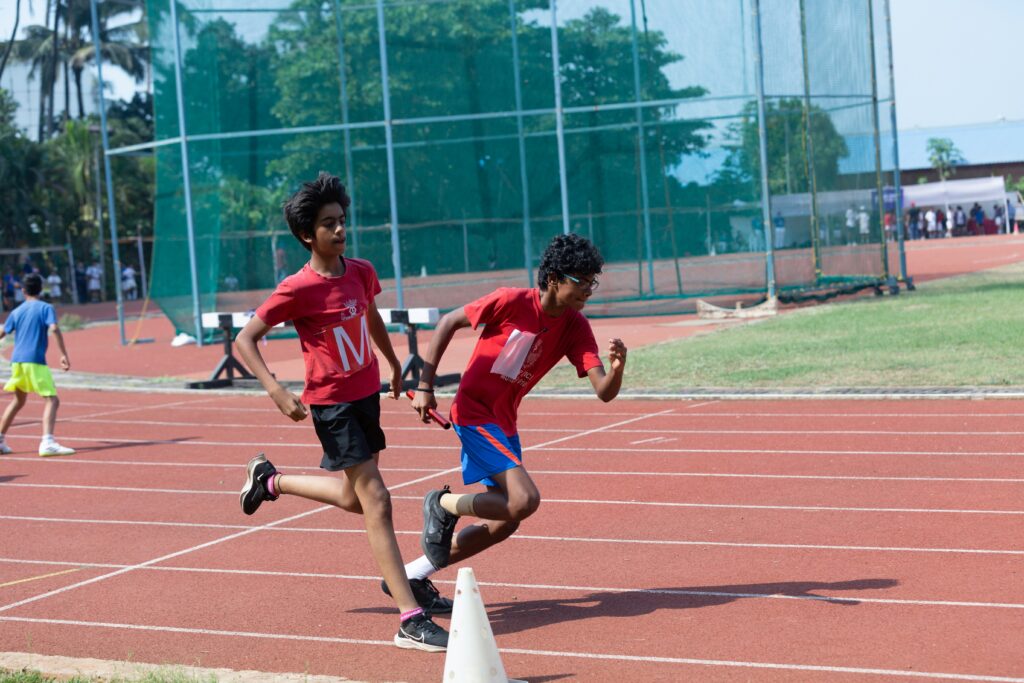Unlocking Potential: The Key Benefits of Multi-Sport Participation for Youth


Multi-sport participation gives young athletes the opportunity to develop a well-rounded set of physical skills. Instead of repeatedly stressing the same muscles and joints, playing different sports distributes physical demands across the body, improving overall strength, balance, and coordination. This variety not only promotes better fitness but also lowers the risk of overuse injuries that are common in early sport specialization. By moving in diverse ways, children enhance their agility and motor skills, laying a foundation for athletic success in any sport they choose later on.
Additionally, exposure to multiple sports helps kids discover which activities suit their natural abilities and interests. While one child might excel at endurance-based sports like soccer, another might find a passion for power-driven activities like basketball or swimming. This experimentation promotes long-term enjoyment of physical activity, ensuring children stay active throughout their lives and view exercise as a fun, rewarding part of their routine.
Enhancing Mental Flexibility and Adaptability
Engaging in different sports also strengthens mental flexibility in young athletes. Each sport comes with its own set of rules, strategies, and problem-solving requirements, challenging children to think creatively and adapt quickly to new situations. Switching between these different environments sharpens their cognitive skills and nurtures resilience, both on and off the field. When they encounter setbacks or losses, they learn how to recover, adjust, and try again—a mindset that benefits them well beyond athletics.
Moreover, multi-sport participation teaches youth how to handle a variety of pressures and expectations. One coach might emphasize teamwork, while another values individual initiative. By navigating these differing approaches, young athletes develop emotional maturity and the ability to thrive under changing conditions. These mental skills are just as valuable in school, relationships, and future careers as they are in sports.
Preventing Burnout and Sustaining Long-Term Passion
One of the biggest risks of early specialization is burnout—physical and emotional exhaustion that can push young athletes to quit sports altogether. Multi-sport participation keeps things fresh and exciting by offering new challenges throughout the year. Switching sports between seasons provides mental breaks and prevents monotony, which keeps motivation high. Kids are more likely to stay engaged when they look forward to trying something different, rather than feeling locked into one repetitive routine.
This approach also nurtures a genuine love for physical activity rather than a pressure-driven commitment to a single sport. When children are free to explore different options, they focus more on having fun and less on meeting performance expectations. This positive association with sports encourages them to remain active into adulthood, supporting lifelong health and well-being.
Fostering Social Connections and Teamwork
Participating in multiple sports exposes youth to a wider circle of peers, allowing them to build friendships and social skills in diverse environments. Each team becomes a new community where they learn to communicate, cooperate, and respect others’ perspectives. These interactions foster a sense of belonging and teach important social behaviors like empathy, leadership, and compromise. Building bonds with various groups of teammates strengthens their confidence and helps them feel supported as they navigate the challenges of adolescence.
Playing on different teams also gives children experience in various roles, from being a newcomer learning the ropes to becoming a seasoned leader guiding others. This variety helps them appreciate the importance of both listening and leading. Learning how to adapt to different team dynamics and personalities prepares them to collaborate effectively in future group settings, whether in higher-level sports, school projects, or the workplace.
Supporting Long-Term Athletic Success
Ironically, playing multiple sports early on often benefits athletes who later choose to specialize. The broad range of skills they build—speed, coordination, endurance, and spatial awareness—transfers across sports and can give them a competitive edge. For example, footwork learned in soccer may improve agility in basketball, while hand-eye coordination from baseball might enhance tennis performance. These crossover benefits can make them more versatile and adaptable athletes as they mature.
Furthermore, by waiting to specialize until their bodies and minds are more developed, young athletes reduce the risk of injuries and mental fatigue. They enter focused training later with a solid physical and emotional foundation, which can support higher levels of performance. Rather than peaking too soon, they maintain steady growth, increasing their chances of long-term success and enjoyment in their chosen sport.
